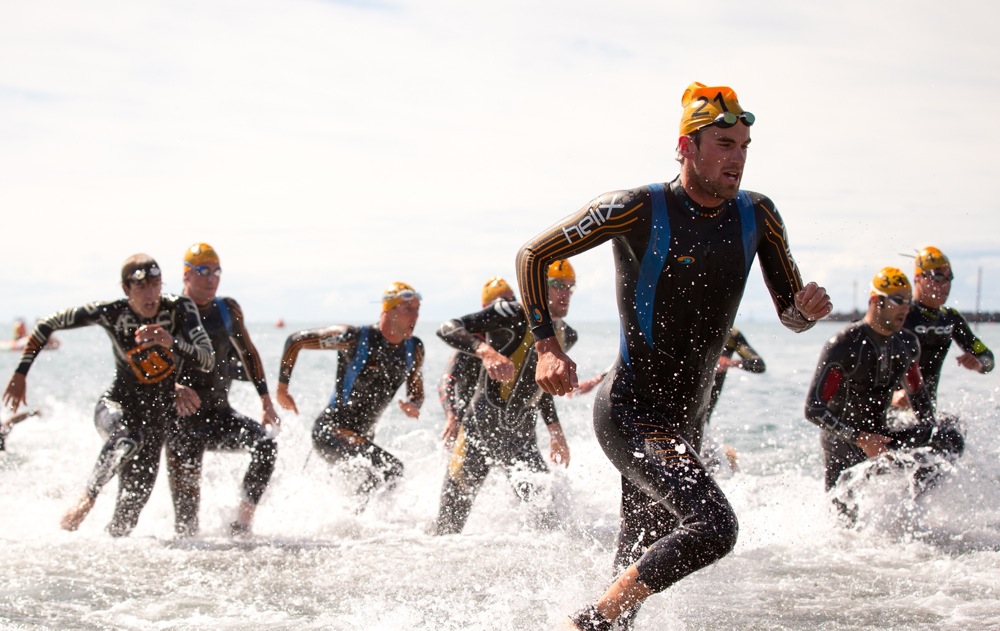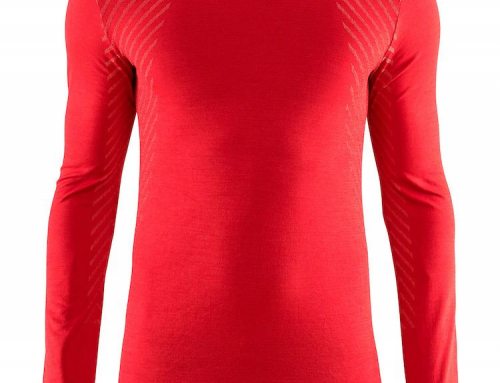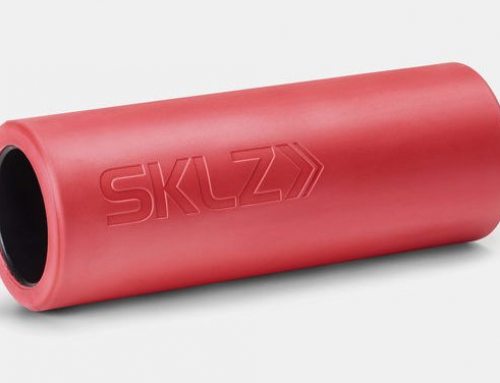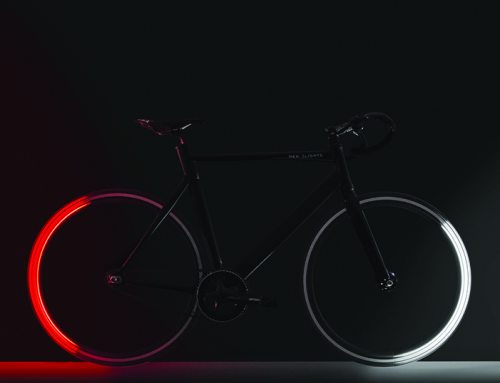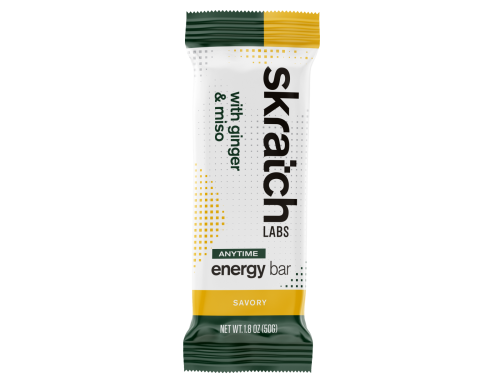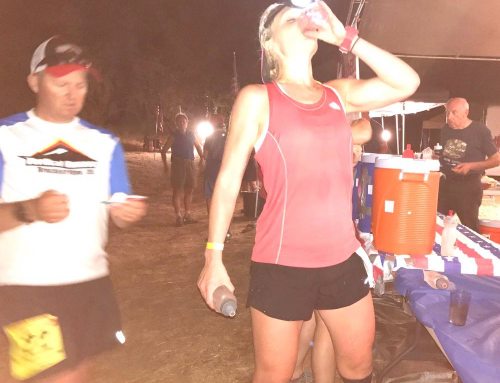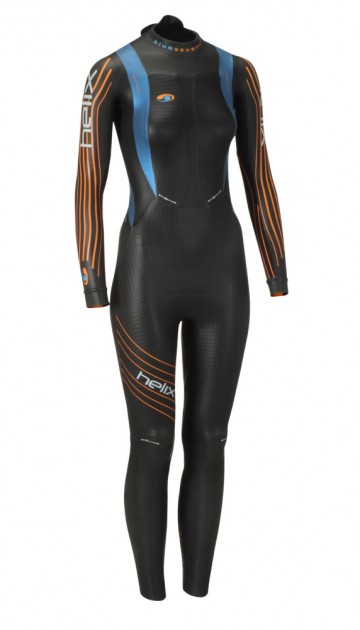
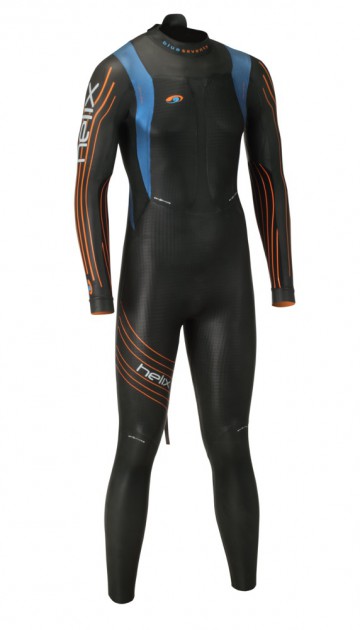
By James Haycraft
I’m going to come right out and say it: Most triathletes use a wetsuit because it makes swimming “easier.” They prefer wetsuit swims because they know that they won’t have to work as hard as they would in non-wetsuit legal swims. Wetsuits greatly enhance classic adult-onset-swimmer body position syndrome (subsequently referred to as “AOS”) and make the wearer significantly more efficient.
None of that is bad. When an announcer announces the wetsuit legality of a race on race morning you’ll hear a few groans but mostly cheers and rejoicing. Wetsuits were originally intended to be a warmer option than no wetsuit. That is partly why there is a temperature cutoff. Too warm and a wetsuit becomes unsafe. Too cold and, well, it is just miserable (anyone out there remember White Lake Half 2013?). Race directors also like wetsuit-legal races because (unless it is too warm) they are “safer.” Wetsuits float and as a consequence they are like little mini-life jackets. Good for everybody in case of an issue.
All that is to say: Wetsuits are an important part of an athlete’s race. The first thing to think about when making a wetsuit purchase is whether to go full-sleeved or sleeveless. Full-sleeved wetsuits are generally faster in the water (and warmer), but the fit of a full sleeve is also a bit more difficult to get perfect. I personally prefer owning just one wetsuit (don’t we all) and I chose a full sleeve because you can use it in all conditions. It can be too cold for a sleeveless wetsuit. Generally, full-sleeved wetsuits are more expensive than their sleeveless counterparts.
There is a good reason for that, however, as the money you spent on a full-sleeve wetsuit versus a sleeveless goes into the most important part of the wetsuit: the shoulders and arms. In my opinion, if you wish to purchase a full-sleeved wetsuit, be willing to spend the money to buy a nice one. I don’t mean just be willing to spend money; be willing to spend money the right way. The whole reason to get a full-sleeved wetsuit is to get something that is fast and flexible.
And the blueseventy Helix is by far the most flexible wetsuit I have ever installed on myself and raced with. The Helix is, at $700, a significant chunk of change to spend on an item that has to do with swimming. But what it offers is a wetsuit design that has been mimicked far and wide and that offers unparalleled ability to swing your arms in any particular direction with no resistance whatsoever.
Some of the features the Helix touts include:
•The only wetsuit to offer 1 mm arms (more flexible)
•“Aquafeel forearms” uses the technical fabric from the NeroTX pool race suit in lieu of the more traditional gimmicky catch area ridges/lines/etc. to promote dramatically improved feel of the water (stroke mechanics)
•The TST (torsional stretch technology) panels in the back/shoulder area (distinctive orange) with specific cut to enhance vertical and horizontal motions (more flexible)
•The “reverse zipper” that at first seems silly but actually reduces the amount of material at the neckline (although it means you usually need a buddy to zip your wetsuit)
Everything in the Helix’s design has been tested over thousands of races by many thousands of athletes, from the fastest pro to the most regular age-grouper. What sets it apart from everything else is exactly what makes it expensive. There are actually more expensive wetsuits out there but they are not as well-designed and are made by companies that are relatively new to wetsuit design, testing, and manufacturing. Blueseventy has been on the forefront of making technical suits with the purpose of making swimmers faster for the entire lifespan of the company. They, in effect, revolutionized competitive swimming with their advanced suit technological developments.
In the end what makes the Helix so fantastic is its extreme flexibility and balanced buoyancy across the suit. Each person is going to fit a little differently, but blueseventy has a good size range that should cover the majority of the physical population. A good fitting and flexible wetsuit will undoubtedly make you faster and allow you to exit the swim feeling significantly less tired and more ready to crush dreams on two wheels.
# # #
James Haycraft is the go-to bike guy for Inside Out Sports in Charlotte, North Carolina. His claimed knowledge of all things aero- and crr-related is unparalleled, at least in his own mind. Competing for the second year as a professional triathlete, all that he’s gotten so far is some cool race shirts.


